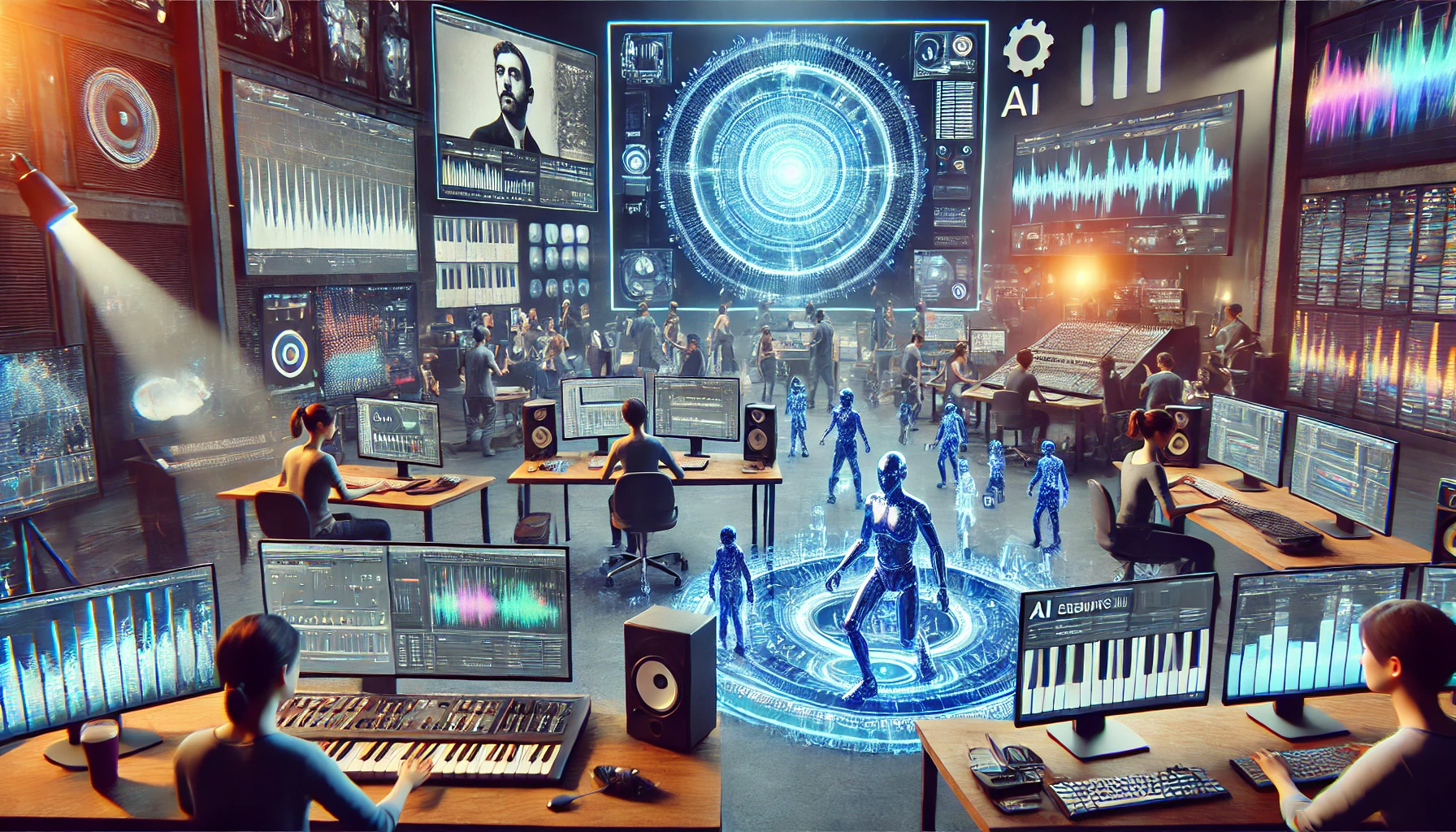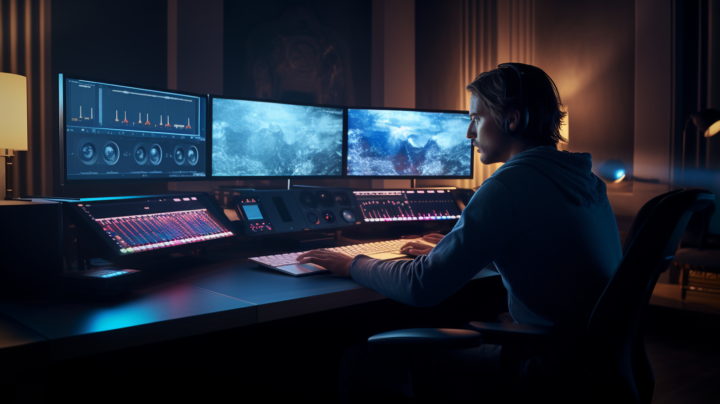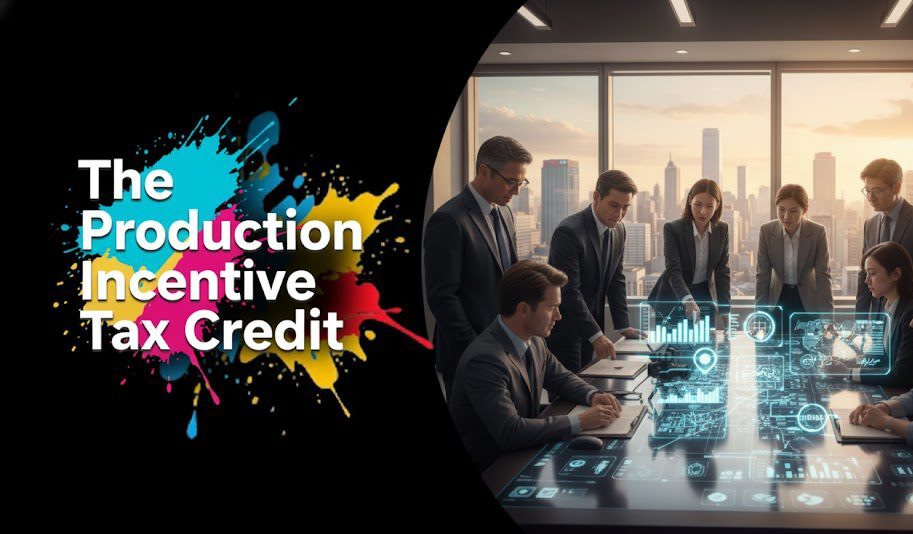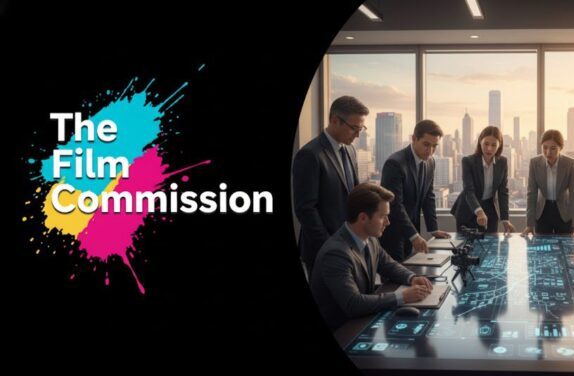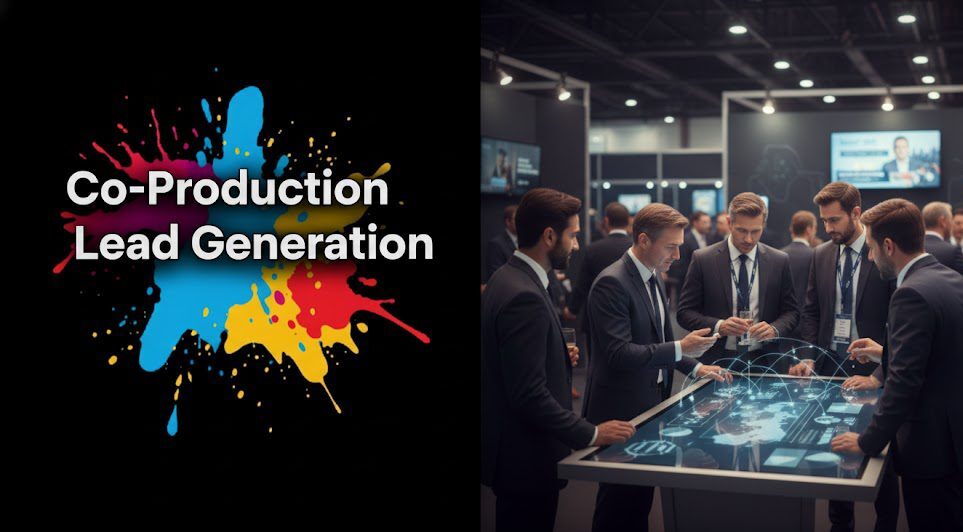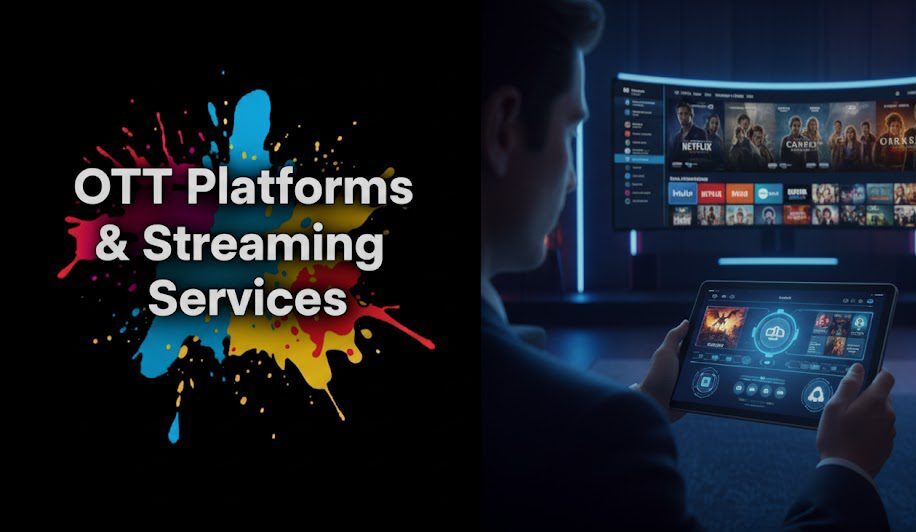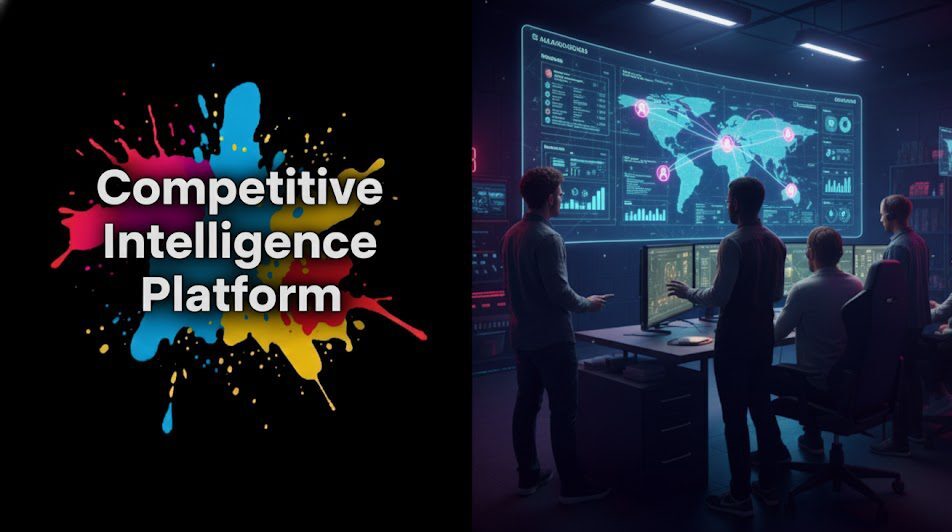Introduction
Generative AI is revolutionizing how reality TV content is produced, edited, and even conceived. With the power to automate various production tasks, AI is transforming reality TV into a faster and more efficient production format. For both buyers and sellers in the entertainment industry, understanding how AI is applied in reality TV offers incredible opportunities. This article explores how generative AI works, the benefits, challenges, and future trends shaping the reality TV landscape.
Key Takeaways
| Topic | Takeaway |
| AI in Content Creation | Generative AI can automate the creation of reality TV scripts and scenes. |
| Post-Production AI | AI tools optimize editing and improve content efficiency. |
| Challenges with AI Authenticity | AI struggles with emotional depth and spontaneity in unscripted TV. |
| AI Tools in Reality TV | Platforms like DeepBrain AI and Runway ML are leading the way in AI content creation. |
| Future of AI in Reality TV | Expect more AI-human collaboration to produce hybrid content creation workflows. |
Is Your Reality TV Show Lacking Efficiency?

How Generative AI is Used in Reality TV Production

Generative AI plays a crucial role in automating various stages of reality TV production. From generating ideas and scripts to editing the final cut, AI has become a major player in content creation.
AI-Generated Content Creation for Reality TV
Generative AI allows for the automated creation of scripts, scenarios, and even character behaviors. While reality TV is often unscripted, AI tools can help build the narrative framework by simulating possible outcomes based on predefined parameters.
- AI can generate unscripted scenarios that can be adjusted in real-time, making it easier for producers to create engaging content without significant manual intervention.
- This helps streamline the pre-production phase by automating mundane tasks like dialogue generation or character actions.
Examples of AI Applications in Reality TV Production
| Task | AI’s Role |
| Script Generation | Automating basic dialogue and scenario-building |
| Scene Creation | Using AI to create dynamic, unscripted environments |
| Post-Production Editing | Speeding up cuts, audio syncing, and scene transitions |
Enhancing Post-Production with Generative AI
Post-production in reality TV can be labor-intensive, with editors spending countless hours refining content. AI tools optimize this process by automating key tasks, from cutting footage to scene selection and audio editing.
- AI platforms like Runway ML help streamline editing, while software like Adobe Sensei and DaVinci Resolve enhance post-production workflows.
- AI is increasingly being used to personalize content by adapting it to specific viewer preferences based on data analytics. For more insights into AI-driven post-production, check out Vitrina’s article on AI in Video Editing.
AI-Powered Scene Creation in Reality TV
AI-generated scenes allow producers to create rich, virtual environments with ease. This not only speeds up the production process but also enables virtual reality (VR) and augmented reality (AR) to be integrated into the content. Reality TV is leveraging these tools to create immersive experiences for viewers.
- Vitrina’s network of AI-driven tools enables reality TV producers to harness the power of virtual production effectively. Explore AI in Virtual Production.
Benefits of Using AI-Generated Content in Reality TV
Generative AI offers several benefits to reality TV production, from reducing costs to increasing production efficiency.
Speed and Efficiency in Reality TV Production
One of the biggest advantages of AI in reality TV is its ability to accelerate production timelines.
- AI-generated content eliminates much of the repetitive labor involved in the production process, allowing producers to focus on the creative aspects.
- Reality TV shows can now be produced faster, with AI handling tasks like scene assembly, dialogue syncing, and audio mixing.
Cost Reduction with AI-Driven Tools
AI helps reduce labor costs by automating many production and post-production tasks. Reality TV shows often have tight budgets, and AI tools provide a cost-effective solution for content creation and editing.
- Using generative AI in the editing process helps cut down on labor-intensive tasks, reducing the need for large post-production teams.
- Vitrina’s services can help production companies identify cost-saving strategies through automation and AI tools. Learn more.
Bullet Points: Cost Benefits of AI in Reality TV
- Reduces labor costs by automating repetitive tasks
- Speeds up editing and post-production
- Optimizes content personalization for better audience engagement
Scalability in Content Creation
With the ability to produce and edit content on a larger scale, AI allows reality TV shows to be created faster without sacrificing quality.
- Generative AI can handle the production of multiple shows simultaneously, offering scalability for large content producers.
- AI tools like DeepBrain AI make it possible to generate entire episodes or segments quickly, helping production companies keep up with demand.
Challenges with Generative AI in Reality TV
Despite its numerous advantages, generative AI still faces challenges when it comes to unscripted, spontaneous content like reality TV.
Emotional Depth and Authenticity
One of the main challenges is AI’s inability to replicate the emotional depth and spontaneity that human creators bring to reality TV.
- AI-generated content often feels formulaic, lacking the authenticity that resonates with audiences.
- For reality TV producers, maintaining an emotional connection with viewers remains a challenge when relying heavily on AI.
AI Content Creation Bias
Generative AI can sometimes display bias in the content it produces, especially when trained on limited datasets.
- Bias in AI can lead to the generation of content that may not be inclusive or representative of a diverse audience.
- Overcoming these biases will require ongoing adjustments to AI algorithms. For insights into AI’s impact on content personalization, read Vitrina’s take.
Limitations in Spontaneity
While AI can handle pre-planned, scripted content, it struggles to adapt to the unpredictability of human behavior, which is critical for unscripted formats like reality TV.
- Producers may still need human intervention to ensure the content feels spontaneous and genuine.
- Vitrina’s insights suggest a balance between AI-driven content and human creativity for best results.
Want to Save Time on Post-Production?

AI vs. Human Creativity in Reality TV
Generative AI opens up new possibilities for creating content at scale, but can it truly replace human creativity?
Can AI Replace Human Creativity?
While AI-generated content is fast and efficient, it lacks the creative intuition that makes reality TV compelling.
- AI excels at handling repetitive tasks, but human creators still lead when it comes to making content emotionally engaging and relatable.
- The future of reality TV may lie in the collaboration between AI and humans.
Complementary Roles of AI and Human Editors
AI can manage the technical aspects of production, allowing editors and producers to focus on storytelling and creative decisions.
- Reality TV shows often combine AI automation with human oversight to ensure the content resonates with audiences.
- For more examples of this AI-human collaboration, explore Vitrina’s content production network.
Best Generative AI Tools for Reality TV Production
Top AI Platforms for Reality TV Content Creation
Several AI platforms have emerged as leaders in reality TV content creation. These tools help automate everything from dialogue generation to scene creation.
| Tool | Feature |
| Runway ML | AI-driven video editing for fast content production |
| DeepBrain AI | Scene generation and content scaling |
| Adobe Sensei | Enhances post-production editing workflows |
AI Tools for Reality TV Post-Production
AI tools can optimize post-production workflows, reducing the need for manual labor and accelerating the editing process.
- AI-driven tools like Runway ML help in selecting and arranging scenes, syncing dialogue, and adjusting lighting or color.
- For an in-depth review of AI-enhanced editing tools, check out Vitrina’s blog on AI in Video Editing.
The Future of Generative AI in Reality TV
AI and Viewer Engagement
Generative AI will continue to influence viewer engagement by providing personalized content that adapts to the preferences and behaviors of different audience segments.
- AI helps production companies tailor content in real-time, ensuring viewers remain engaged with unscripted shows.
- Vitrina’s services enable production companies to leverage AI tools for predicting viewer preferences. Discover more.
AI’s Potential for Real-Time Content Creation
As AI technology evolves, it may soon be able to produce real-time, unscripted content, generating on-the-fly scenarios that adjust to viewer feedback during live shows.
Enhance Viewer Engagement with AI-Driven Content!

Key Takeaways
- AI-Generated Content: Generative AI can automate unscripted TV content creation, improving both speed and efficiency.
- Cost Savings: Automating key production tasks can help save resources, making the process more scalable.
- Challenges with Authenticity: Emotional depth and authenticity remain a challenge in AI-generated reality TV.
- AI Tools: Platforms like DeepBrain AI and Runway ML are top tools for AI-driven content creation.
- Future of Reality TV: Expect more AI-human collaborations in the future, where AI handles technicalities and humans provide the creativity.
Frequently Asked Questions
Generative AI automates key tasks like scriptwriting, scene generation, and post-production editing, significantly reducing time and labor costs.
No, AI lacks the emotional depth and spontaneity that human creators bring to unscripted TV content. It works best when combined with human creativity.
Platforms like Runway ML and DeepBrain AI lead the market in generative AI tools, particularly for unscripted TV content production.
The biggest challenges are emotional authenticity, spontaneity, and the potential for bias in AI-generated content.
AI will likely continue to support human creators by handling repetitive tasks, leaving creative decision-making to people. The future could see real-time AI-driven content production.


